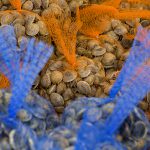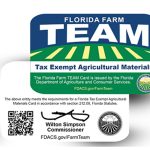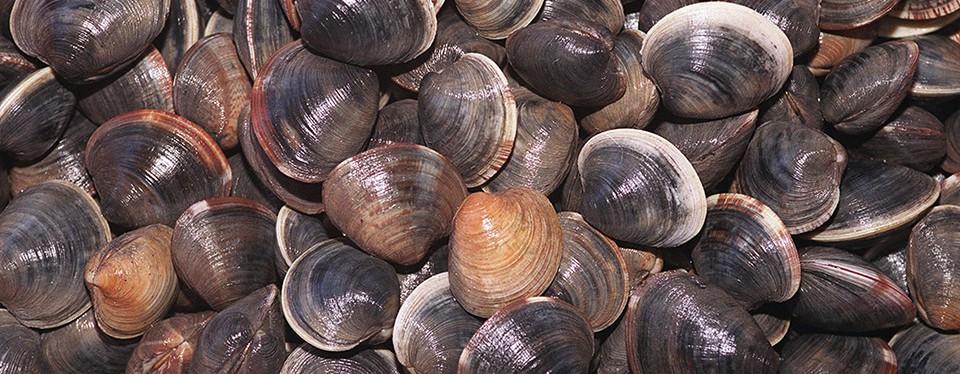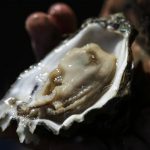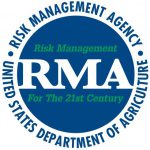Aquatic farmers who have not completed the 2023 Census of Aquaculture conducted by US Department of Agriculture have until March 1 to do so. The Census can be completed online at USDA – National Agricultural Statistics Service – Surveys – Census of Aquaculture. Last conducted for production year 2018, the Census of Aquaculture will yield current industry-specific data. This information is used by federal, state, and local governments, agribusinesses, trade associations, and producers to make decisions impacting the sustainability and growth of the US aquaculture. The data is also used to support and justify federal and state research, education, extension,



